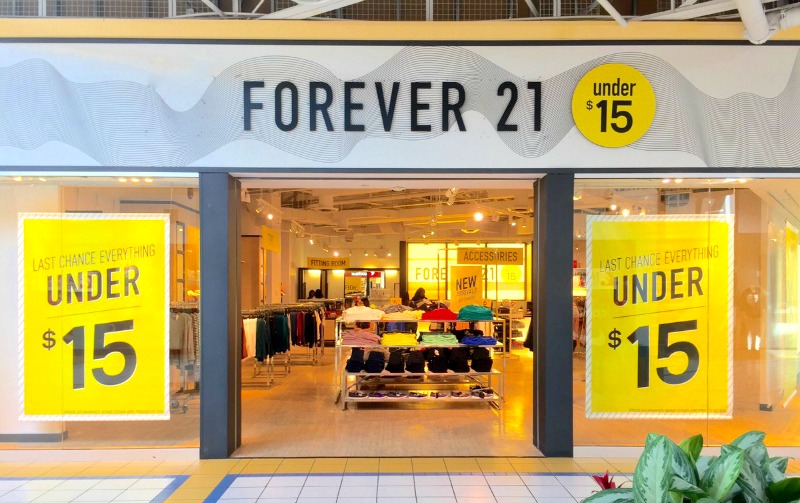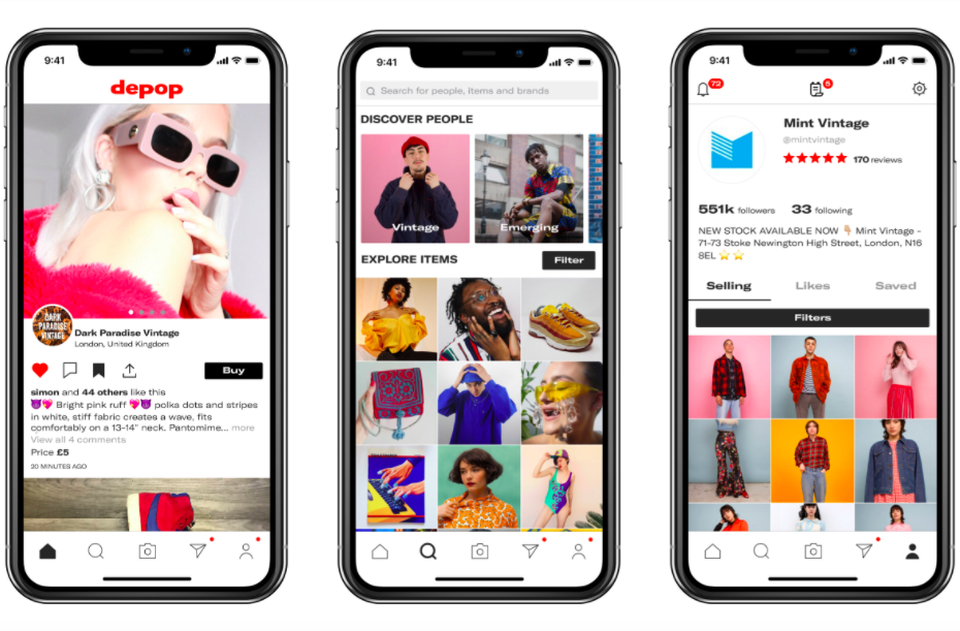We’ve never been more aware of the fashion industry’s impact on the environment. Could Generation Z’s prioritisation of sustainability over fast fashion have led to Forever 21’s downfall?

At the peak of its success, Forever 21 was making $4.4 billion in revenue. The epitome of a fast-fashion chain, the business grew quickly by selling the latest mainstream trends for low prices.
Now, it’s filing for bankruptcy. The company will cease operations in 40 countries, closing up to 350 stores worldwide, out of about 800 in total. What could have caused a company that was once so profitable, and expanding, to suffer this fate? The answer could lie in Generation Z.
An American Fall

In the past, Forever 21 embodied the classic rags to riches story:The American Dream.
In 1981, Jin Sook and Do Won Chang left South Korea and set up their new lives in Los Angeles. They spoke little English and had no money or college degrees. Struggling to make ends meet, the couple opened a single store called Fashion 21.
Their strategy of buying wholesale merchandise at discounted prices worked. Soon they were opening new stores every six months. Changing the name to Forever 21 in order to target the youth market, the company was one of the first to cultivate its following by selling trendy clothes for cheap.
The founders became one of the most wealthy couples in America, their net worth estimated at $5.9 billion US in 2015. But as the chain expanded, it lost its appeal, and any street cred it had to begin with. It became the shorthand for clothing that was mass-produced and tacky. It is seen as emblematic of the fast-fashion wave engulfing the fashion world.
Omg I wonder why forever 21 is going bankrupt pic.twitter.com/4CpYvXjaWb
— Kiana ™ (@vkianav) August 29, 2019
And with increasing awareness and criticism of the harm that fast fashion is wreaking on the planet, it has never been more important for fashion brands to sell the perception that they are taking meaningful steps to be more sustainable. Young consumers know the power that they wield with their wallets.
Forever Young

Forever 21 is the latest casualty in what’s being called the “retail apocalypse”: online shopping’s effect on the shopping habits of consumers. Cheap fast-fashion stores in the US are making up a growing list of retailers unable to keep up.
Executive vice president, Linda Chang, wrote in a press release,
“This was an important and necessary step to secure the future of our company, which will enable us to reorganize our business and reposition Forever 21.”
This filing won’t necessarily lead to the death of Forever 21, but it does tell as a lot about its position in the current fashion landscape. Gen Z is coming into its own, changing the face of the fashion and beauty industries.
Mall brands are on the out, as the younger generation turns towards e-commerce hubs like ASOS to find their new season fix. Gen Z shoppers are also more interested in products they see in Instagram influencer content, and are less likely to traipse through mega-mall chains to find something to suit their personal style.
Senior theatre lecturer and manager of the Vanderbilt Costume Shop, Alexandra Sargent Capps told Business Insider:
“That sense of individuality that was taken away with fast fashion is something [my students] recognise and they want to make amends for. They want to have more autonomy over the way they put themselves together, more so than they get from a place like Forever 21.”
Fast Fashion

Across the US, and around the world, fast fashion is losing its edge. Young shoppers still want a bargain, but they’re shifting their focus.
Thrift stores, op-shops and vintage stores are increasingly seen as morally superior places to score a bargain. With greater access to information and transparency about where clothes are being made, consumers are aware of the inhumane sweat shop conditions that many garment workers suffer. The human cost of fast fashion is now, for many, much too high.
Depop is a social media shopping platform that has carved a niche somewhere between eBay and Instagram. Profiles serve as tiny storefronts on the app. It functions much like Instagram, but with physical items to sell, rather than just your personal brand.
It was founded in 2011, but has ramped up as a powerful force in fashion over the last year. The platform is creating a generation of entrepreneurs making serious bank in money as well as cultural capital.
Forever 21’s recent brand partnerships seem desperate in comparison to the effortless cool that young influencers exude on their social media profiles. The store will have to seriously rebrand itself if it wants to compete in today’s market.
Bankruptcy does not always spell the end. But if Forever 21 doesn’t engage with the core values of Gen Z, it might not be around forever.
Subscribe to FIB’s newsletter for your weekly dose of music, fashion and pop culture news!






